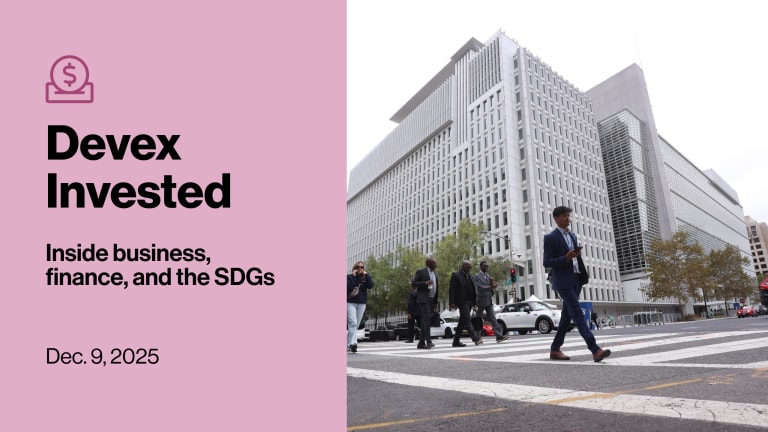Despite the region’s rich biodiversity, debt-for-nature swaps are an underutilized climate finance mechanism in sub-Saharan Africa. In Rwanda, debt-for-nature swaps could simultaneously decrease the country’s external debt burden and provide financing for ecosystem restoration and rehabilitation.
Debt-for-nature swaps have been used for over 35 years to increase climate finance for environmental conservation and restoration in emerging economies. Since 1987, around 140 debt-for-nature swaps have occurred, totaling over $3 billion.
According to available data, the Latin America and Caribbean region has benefited the most, with nearly 84%, or $2.5 billion, of the total value of transactions. Europe is the second-highest recipient of debt-for-nature swaps, with $141.1 million received by Poland and $16.2 million by Bulgaria. By contrast, sub-Saharan Africa has only received 4% of the value of all debt-to-nature swaps, with the largest swaps occurring in Madagascar and Cameroon. A new debt-for-nature swap is currently being planned for Gabon, which could potentially amount to $500 million through the release of a blue bond.








